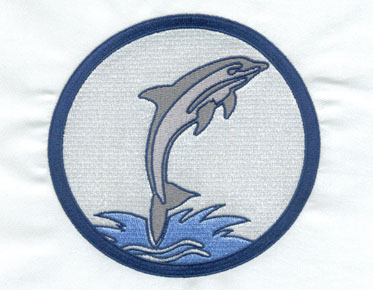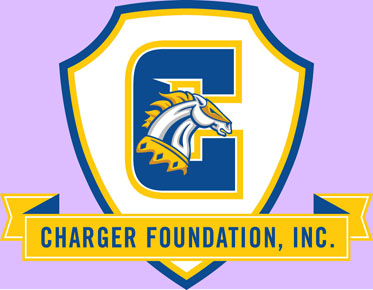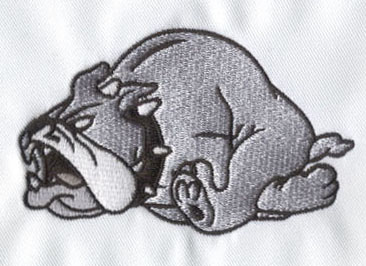How do you choose the right type of needle for embroidery digitizing?
When venturing into the realm of embroidery
digitizing, selecting the correct needle is crucial for optimal results. Before
embarking on your needle shopping journey, the first step is to consult your
embroidery machine's user manual to determine the specific needle type it
requires. The shape of the shank, which varies depending on the machine brand,
plays a vital role in ensuring compatibility with your embroidery digitizing process.
Understanding Needle Compatibility:
Embroidery digitizing relies on precision, and the choice of needle is no exception. Embroidery machines, such as those used in embroidery digitizing services, often have unique specifications for needle compatibility. Therefore, it is imperative to refer to the user manual of your machine to identify the precise needle type required. By doing so, you can ensure a seamless and efficient embroidery digitizing experience.
Considering Needle Types and Features:
Once you have determined the compatible needle
type for your embroidery machine, you can explore the vast array of needle
options available, tailored to your specific needs in embroidery digitizing. Consider
the following factors:
1. Needle Size: Needles are available in
various sizes, denoted by numbers like 70, 80, or 90. The size corresponds to
the needle's diameter and thickness. Thinner fabrics typically necessitate
smaller needles, while thicker or denser materials may require larger needles
to ensure effective penetration. Carefully consider the weight and weave of the
fabric involved in your custom embroidery digitizing project to select the appropriate needle size.
2. Needle Point: Needle points come in
different styles, such as sharp, ballpoint, or universal. The point style
impacts how the needle interacts with the fabric during embroidery digitizing.
Sharp needles excel with woven fabrics, while ballpoint or rounded-tip needles
are better suited for knits and stretchy textiles. Universal needles offer
versatility, accommodating various fabric types encountered in embroidery
digitizing.
3. Needle Purpose: Some needles are specifically designed for specialized embroidery techniques or specialty threads encountered in embroidery digitization. For instance, metallic thread needles feature larger eyes and larger scarf areas to accommodate thicker metallic threads. Double-eyed needles cater to two-color or multicolor stitching, enabling the creation of unique effects in embroidery digitizing. Assess the specific requirements of your project to select a needle that meets your embroidery digitizing needs.
4. Needle Quality: Prioritize investing in
high-quality needles from reputable brands or embroidery digitizing service providers. These needles are
meticulously crafted with durable materials and precision engineering, ensuring
consistent performance and minimizing the risk of needle breakage or fabric
damage during embroidery digitizing.
By following these steps and taking into
account needle type, size, point, purpose, and quality, you can confidently
choose the appropriate needle for your embroidery digitizing projects. Remember
to consult your machine's user manual, as it holds crucial information
regarding needle compatibility for successful embroidery digitizing. With the
right needle in place, you can embark on your embroidery digitizing journey,
knowing that your stitches will be precise, smooth, and catered to your
specific customization needs, whether you opt for 3D embroidery digitizing or utilize custom embroidery digitizing
services online.



